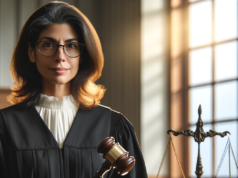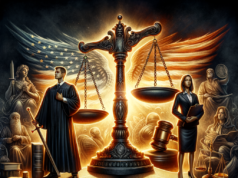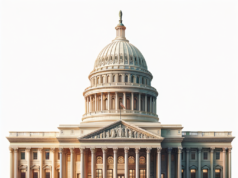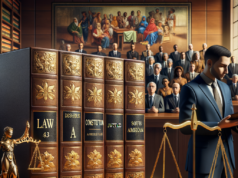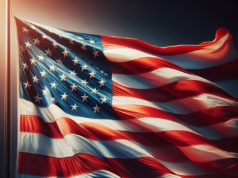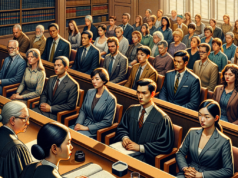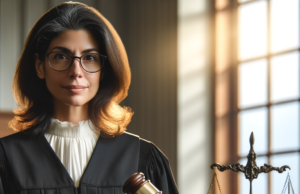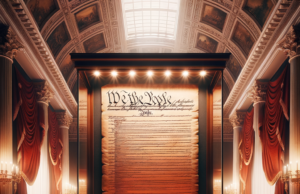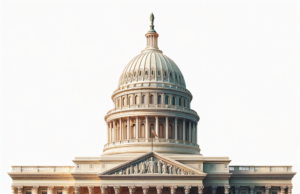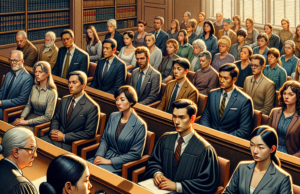Contents
- 1 Understanding the Historical Context of the Second Amendment and Its Origins
- 2 Analyzing the Text: Key Phrases and Their Interpretations Over Time
- 3 The Role of the Second Amendment in Contemporary American Society
- 4 Examining the Legal Landscape: Landmark Supreme Court Cases and Their Impact
- 5 Balancing Rights and Responsibilities: The Debate Over Gun Control Measures
- 6 Future Implications: Navigating the Evolving Conversation Around Gun Rights
The Second Amendment to the United States Constitution has long been a focal point of debate, representing both the rights of individuals to bear arms and the complexities surrounding gun control. As America grapples with issues of gun violence, personal safety, and constitutional rights, understanding the historical context, legal interpretations, and contemporary implications of the Second Amendment is crucial. This article seeks to unravel the intricacies of the Second Amendment, highlighting its origins, interpretations, and the ongoing discourse surrounding gun rights and responsibilities in modern society.
Understanding the Historical Context of the Second Amendment and Its Origins
The Second Amendment was ratified in 1791 as part of the Bill of Rights, a response to the fears of a tyrannical government and the need for a well-regulated militia. Its origins can be traced back to English common law and colonial experiences, where the right to bear arms was seen as essential for self-defense and resistance against oppression. The framers of the Constitution aimed to ensure that citizens could protect themselves and their communities, reflecting the prevailing sentiments of the time. However, the historical context also reveals a dual purpose: while it aimed to empower individuals, it was also rooted in the necessity of maintaining order and security within the fledgling nation.
Analyzing the Text: Key Phrases and Their Interpretations Over Time
The Second Amendment states, “the right of the people to keep and bear Arms, shall not be infringed.” This seemingly straightforward text has been subject to varied interpretations over the centuries. The phrase “well-regulated militia” has led to debates about whether the amendment protects an individual’s right to own firearms or if it is contingent upon service in a militia. Early interpretations leaned towards collective rights, emphasizing the militia aspect. However, recent legal scholarship and Supreme Court rulings have shifted towards an individual rights perspective, culminating in landmark decisions that affirm personal gun ownership as a constitutional right. This evolution reflects broader societal changes and the ongoing struggle to define the balance between individual liberties and collective security.
The Role of the Second Amendment in Contemporary American Society
In today’s America, the Second Amendment plays a significant role in shaping public discourse around gun rights and responsibilities. With rising concerns over gun violence, mass shootings, and public safety, the amendment has become a battleground for advocacy groups on both sides of the debate. Proponents of gun rights argue that the Second Amendment is a fundamental safeguard against tyranny and a means of personal protection, while advocates for gun control emphasize the need for regulations to prevent violence and ensure community safety. This dichotomy has led to polarized views, with the Second Amendment often invoked in political campaigns, legislative debates, and grassroots movements, reflecting its enduring relevance in contemporary society.
Examining the Legal Landscape: Landmark Supreme Court Cases and Their Impact
The legal landscape surrounding the Second Amendment has been significantly shaped by several landmark Supreme Court cases. Notably, District of Columbia v. Heller (2008) was a pivotal moment, where the Court ruled that the Second Amendment protects an individual’s right to possess a firearm unconnected with service in a militia for traditionally lawful purposes, such as self-defense within the home. This decision marked a departure from previous interpretations that emphasized collective rights. Following Heller, McDonald v. City of Chicago (2010) further extended this individual right to state and local laws, reinforcing the notion that the Second Amendment applies universally across the nation. These rulings have not only influenced legal standards but have also galvanized advocacy efforts on both sides of the gun rights debate.
Balancing Rights and Responsibilities: The Debate Over Gun Control Measures
The ongoing debate over the Second Amendment often centers on the balance between individual rights and societal responsibilities. Advocates for gun control argue for measures such as universal background checks, restrictions on assault weapons, and red flag laws to mitigate the risks associated with gun ownership. They contend that responsible gun ownership must be coupled with regulations that prioritize public safety. Conversely, gun rights advocates assert that such measures infringe upon constitutional rights and that law-abiding citizens should not be penalized for the actions of criminals. This tension reflects a broader societal challenge: how to respect constitutional rights while addressing the pressing issue of gun violence and ensuring the safety of communities.
As America continues to confront the realities of gun violence and the complexities of the Second Amendment, the conversation surrounding gun rights is likely to evolve. Legislative efforts at both state and federal levels are expected to intensify, with potential reforms aimed at addressing public safety concerns while respecting constitutional rights. Additionally, societal attitudes towards guns and gun ownership are shifting, particularly among younger generations who may prioritize safety over unfettered access to firearms. The future implications of this evolving dialogue will hinge on the ability of lawmakers, advocacy groups, and the public to engage in constructive discussions that seek common ground amidst deeply held beliefs about rights and responsibilities.
The Second Amendment remains a cornerstone of American constitutional rights, embodying the complex interplay between individual freedoms and societal responsibilities. As the nation navigates the challenges posed by gun violence and the quest for safety, understanding the historical context, legal interpretations, and contemporary implications of the Second Amendment is essential. The ongoing discourse surrounding gun rights will undoubtedly shape the future of American society, necessitating a thoughtful examination of how best to balance the rights enshrined in the Constitution with the imperative to protect public safety.


